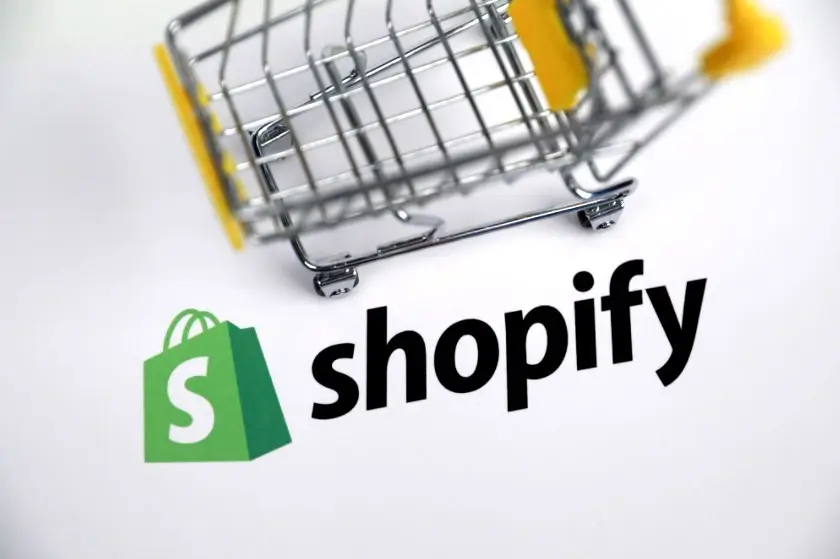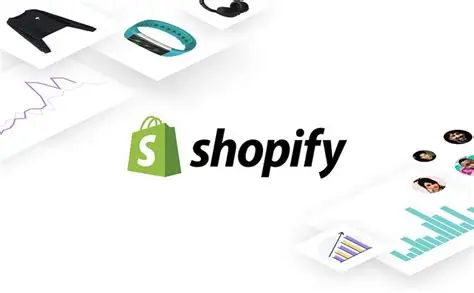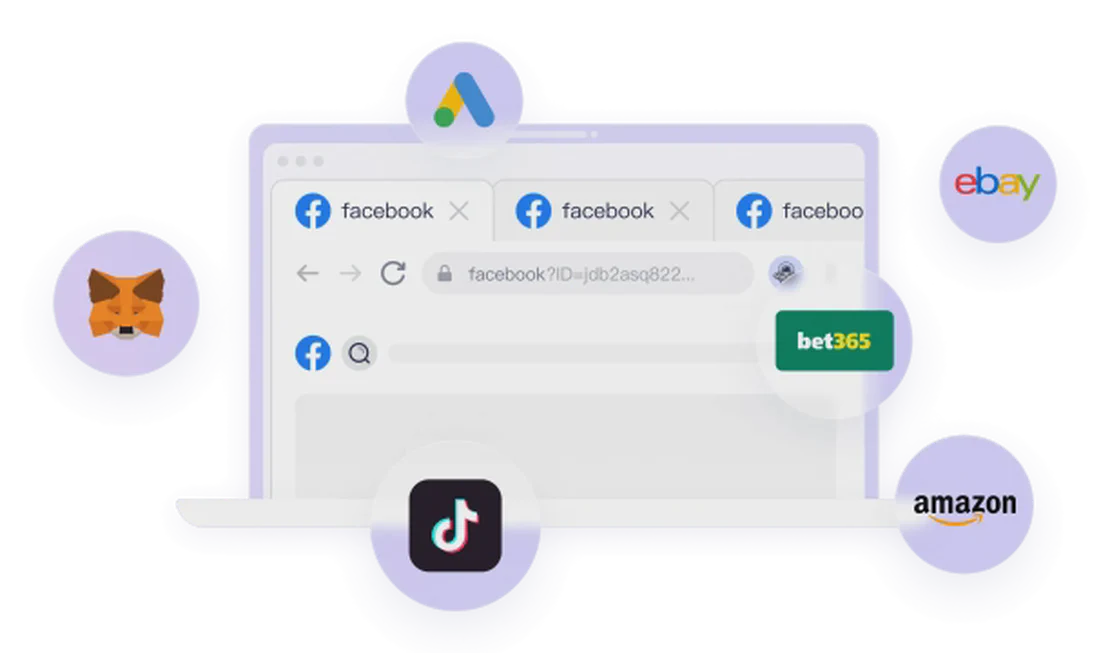Countless clothing brand owners spend hours, even days, obsessing over the perfect Shopify theme. They chase the magic one, the holy grail that will fix all their conversion problems. But here’s a plot twist that might blow your mind: there is no such thing as a perfect theme.
The theme isn’t the hero here. It’s how you wield it that transforms your store into a sales powerhouse. The theme itself is just the skeleton, the foundation for building a sales empire. The real magic, the strategy that breathes life into it, is built on three pillars: clarity, speed, and visuals that pop.
Imagine scrolling through Facebook, Instagram, or LinkedIn, seeing gurus rave about the latest theme. You install it, tweak it endlessly, and then… crickets. Sales flatline. Why? Because themes are just a skeleton. The real magic, the strategy that pumps life into it is about clarity, speed, and visuals that pop. We’re flipping the script today. Instead of theme hunting, let’s unpack seven ingredients that make any theme convert like crazy. Buckle up.

The Seven Core Elements of Conversion: Bringing Your Shopify to Life
Clarity Over Clutter
A customer has only 3 to 5 seconds on your website to decide whether to stay or leave. It’s like walking into a boutique where everything is screaming at you. You have multiple employees yelling “50% off!” or “Join our loyalty program!” How annoying would that be? You’d probably bolt out of there. That’s exactly what’s happening online. Too many brands just stuff their homepages with junk, and poof, customers vanish. The winners, however, are the ones who hit you with crystal clear value in 3 to 5 seconds.
- Who are you? (Logo & Navigation)
- What do you sell? (Hero section with models wearing your products)
- Why should I care? (Your unique value proposition)
The Self-Test: Go to your website now. Pretend you know nothing about it. In that first glance, do you see your logo, your navigation, and your hero section? Can you tell, at a glance, who you are, how long you’ve been in business, if you have happy customers, and what exactly you sell? Those are the questions you need to answer without anyone having to scroll. Look at that snapshot on both desktop and mobile.
Make Buying a Breeze
Love it or hate it, Amazon nails friction-free shopping. It’s one click, and boom, it’s yours. Your Shopify needs that vibe, especially for clothing. You need filters that actually work for size and color. You need a product page with a simple add-to-cart button and no other distracting buttons. That’s essential. You need an actual cart drawer that slides in with a big checkout button right in your face. These are non-negotiables. The stats are staggering: 70% of carts get abandoned. Seven out of ten potential sales just ghosted. So, blame clunky themes if you want, but you need to smooth that out and watch your revenue soar.
Photography and Branding Trump the Theme Every Single Time
This is where I see brands flop very, very hard. They debate an edgy versus a minimal theme for weeks, then just upload blurry iPhone photos like it’s 2005 and logos that don’t fit. It’s like serving gourmet food on a paper plate—a total mismatch. Clothing sells on vibes. Crisp, lifestyle shots let customers picture themselves rocking your gear. A basic theme with killer visuals crushes a premium one with weak images and poor branding overall. We’ve seen clients double conversions just by upgrading their photos. Photos, videos, and lifestyle imagery are absolutely essential. I always say this: photos can make or break your website. So that’s high priority.
Social Proof is Going to Be Your Secret Weapon
People trust people, not faceless stores. Nielsen says 92% of consumers trust user-generated content over hype. So why bury reviews on some random page? You need to weave them into product pages, the homepage, the cart page—literally everywhere on your website. Some form of social proof should be visible. Again, it doesn’t all have to be the same. You can have different things in different places, but there needs to be something. Your theme is just the spotlight. We’ve seen clients add UGC and watch trust skyrocket. Sales were up 40%. Reviews, testimonials, social proof are absolutely essential.
Speed: A Non-Negotiable
A sluggish website is a silent killer. Google says that over 50% of mobile users bail if a site takes longer than 3 seconds to load. That’s half your traffic gone before you get to say hello. Bloated themes with extra code and unnecessary apps will definitely drag you down. You want to strip it bare, compress images, and ditch the fluff. We’ve optimized clients’ sites and cut bounce rates in half. It feels like magic, but it’s truly just strategy. Shopify is actually really good with speed, but it’s when you start adding a bunch of apps to do things you may not even need that it becomes a problem. Just pay attention to what you have installed.
Mobile-First or Bust
This is a shocking stat: 70% of e-commerce sales happen on mobile. So if your theme shines on desktop but flops on mobile, you’re literally donating sales to your competitors. Think about thumb swiping with ease, big buttons, readable text, intuitive navigation. It should be like browsing a real rack of clothes. We had one client optimize their mobile collection and product pages, and you’ll be amazed how many people have two, three, even four floating elements that clutter the view on mobile and can literally cover the checkout button. It will make people want to get out of there fast.
Personalization: Craft Your Unique Journey
No theme is perfect out of the box. The people who do it right put storytelling on their homepage. They use upsell magic throughout collection and product pages. They create a branded checkout experience. They add “As Seen In” badges if they have press. It’s about crafting a unique journey for your customer. We’ve personalized themes for brands and watched carts flip. The best theme is the one that’s yours, customized to your brand, your needs, and what makes you unique. It’s also very important to research what your competitors are not doing. Don’t just copy them. You need those things that will personalize the experience for that person coming here for the very first time and is going to wow them.
The ultimate Shopify theme isn’t a theme at all; it’s a powerhouse combo of clarity, ease, visuals, trust, speed, mobile, and personalization. So stop chasing templates and build your beast template.

The “Invisible Engine” of Marketing Growth: Data-Driven Scalable Strategies
Once you’ve built a high-converting Shopify store, the real challenge begins: how do you get more people to discover it and acquire customers in a scalable, sustainable way? Relying solely on great design and a perfect user experience is no longer enough to stand out in today’s competitive e-commerce landscape.
Modern e-commerce marketing is no longer a solo act; it’s a data-driven, multi-channel, matrix-based operation. You might need to run extensive A/B tests to see which ad creative has a higher click-through rate. You might need to manage multiple Facebook or Google ad accounts simultaneously to test different audience targeting strategies. You might be expanding into new countries, each requiring a separate set of accounts.
However, these marketing operations that seem logical internally are fraught with risk under the strict risk control systems of platforms like Meta and Google. As long as these accounts operate from the same device or network, or if their behavioral patterns show systematic correlations, they can be easily flagged as “marketing fraud” or “spam accounts,” leading to ad account suspension or even banning. This means your marketing investment could instantly vanish.
This is where the FlashID Anti-Detect Browser provides its core value—it is not just a tool, but the “command and control center” for executing scalable, data-driven marketing strategies.
- The “Isolation Shield” for Your Marketing Account Matrix: The core value of FlashID lies in its ability to create a completely isolated, independent, and highly realistic digital environment for each marketing project (e.g., one Facebook ad account, one Google Ads account). Each environment has its own unique IP address, browser fingerprint, cookies, and digital footprint. When you log in to and manage multiple marketing accounts through FlashID, from the perspective of the platform’s risk control system, it looks as if different marketers from around the world are operating independently. It fundamentally eliminates the risk of “account association,” allowing your multi-brand, multi-channel, multi-testing strategies to operate safely at high speed.
- A “Secure Lab” for Data Insights: The essence of A/B testing is “controlling variables” to ensure accurate results. But if you test two different ad landing pages in the same browser tab, or test two ad accounts on the same device, the data you get will be meaningless due to interference from environmental variables. FlashID provides you with a clean, controllable testing environment. You can test new ad creatives, new store layouts, and verify their effectiveness in a “sandbox” account before applying them to your core business accounts, achieving true “small steps, fast iterations.”
- The “Console” for Automated Operations: For tasks that require a large number of repetitive operations, such as creating ad campaigns, generating reports, and managing customer reviews, FlashID’s RPA automation scripts and window sync features can free your marketing team from tedious manual work. You can use scripts to execute marketing tasks across different environments in parallel, greatly improving the execution efficiency and precision of large-scale marketing activities, allowing you to focus more on strategy formulation and data interpretation.
In summary, a Shopify store with exceptional conversion capability is your “warship,” while FlashID is the escort “aircraft carrier” that ensures your fleet of “warships” (comprising multiple units) can sail towards the global market safely, efficiently, and precisely. It allows you to free your attention from a defensive posture of avoiding risks and focus on the “offensive”—how to acquire more precise customers and achieve sustainable, scalable growth.

Frequently Asked Questions (FAQ)
Q: The article says there’s no “perfect theme,” so what kind of theme should I choose to start building my brand?
A: Choose a fast, clean, and feature-complete open-source theme (like the official Dawn or its predecessor, Debut) is the best starting point. It’s like a clean canvas, allowing you to focus on applying the seven core elements (clarity, visuals, trust, etc.) we discussed, without being bogged down by a bloated and hard-to-modify theme.
Q: Besides Shopify product pages, where else can I apply “Social Proof” to increase my conversion rate?
A: Social proof can be woven into every step of the user journey. For example, incorporate customer photos in your ad creatives, display messages like “Over 10,000 customers have purchased this” on your checkout page, include positive reviews in abandoned cart emails, or even show logos of trusted payment methods on your payment page. All of these build trust.
Q: What’s the connection between “simplifying the purchasing process” and “Mobile-First”?
A: The connection is very close. The mobile screen is small and interactions are thumb-based, which inherently demands a “simplified” design. The “Mobile-First” philosophy forces you to design from the most restrictive environment, thinking about how to complete a purchase with the fewest steps and largest touch targets, resulting in a seamless experience across all devices.
Q: My brand has a limited budget. How can I invest in “brand photography” effectively to maximize ROI?
A: The core strategy is “Authenticity > Professionalism.” You don’t need expensive models; find “micro-influencers” or everyday people on Instagram who fit your brand’s vibe. Use natural light as much as possible and focus on capturing candid, lifestyle shots of people wearing your clothes, not just stiff poses. High-quality flat-lays of your products can also be taken with a simple camera phone.
Q: What are some simple, effective ways to improve my website’s speed?
A: The most critical and effective step is to compress every image on your site using free tools like TinyPNG. Second, prune the apps in your backend. Delete any non-essential plugins, as they are a major cause of slowdowns. Finally, use tools like Google PageSpeed Insights to identify which specific scripts or stylesheets are slowing your site down.
Q: I feel my brand is very similar to my competitors. How can I find a true “personalization” differentiator?
A: Think beyond the product. What is your “brand’s core value” (e.g., sustainability, female empowerment)? Can you build a community around your brand where customers feel a sense of belonging? Can you tell a “compelling brand story”? Or offer “exceptional customer service” that others don’t? These are the points of differentiation that go deeper than the product itself.
Q: Why should I do A/B testing? Isn’t my “experience and intuition” reliable enough?
A: Experience and intuition are valuable, but they are essentially a “hypothesis.” A/B testing uses real traffic to scientifically validate that hypothesis. Often, the results will completely surprise you and overturn your intuition. It shifts your decision-making basis from “subjective feeling” to “objective data,” helping you discover unexpected growth opportunities and establish a cycle of continuous optimization.
Q: For social media ads, why can’t I just operate from my own browser? Do I really need a tool like FlashID?
A: To avoid the “risk of account association” policies of platforms like Facebook and Google. If you operate multiple ad accounts in the same browser, you risk being flagged for “marketing fraud” or spam, leading to account suspension or banning. FlashID creates a fully separate digital environment for each account, ensuring the long-term safety of your marketing assets.
Q: Besides e-commerce marketing, what other business scenarios can FlashID be used in?
A: FlashID’s core value is “multi-account isolation and automation,” making it useful in many scenarios. For example, affiliate marketers can use it to safely manage accounts for different programs. Social media teams can use it to manage multiple accounts with different styles. SEO professionals can use it for managing backlink profiles and data scraping on different sites.
Q: How can FlashID help me with more accurate A/B testing?
A: Running A/B tests in the same browser on the same device can lead to inaccurate results due to “Cookie contamination” and shared “environmental variables.” With FlashID, you can provide completely clean, isolated environments for different test versions (e.g., Page A vs. Page B), simulating user behavior from different, unrelated sessions. This ensures you get a pure and reliable comparison, enabling true “small steps, fast iterations.”
You May Also Like
